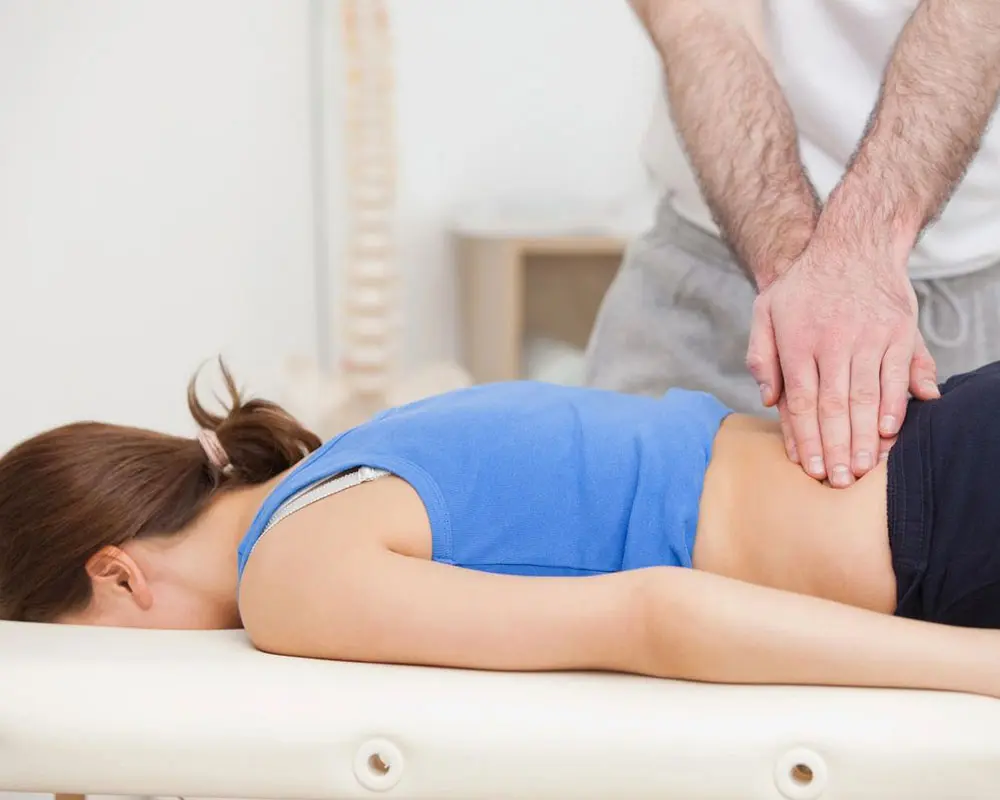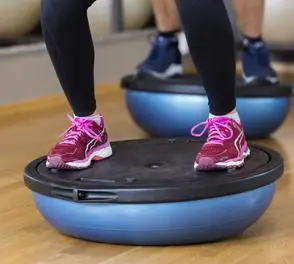Physical Therapy
CNMR’s physical therapy programs start with an initial evaluation. Here, we listen to the history of your injuries, investigate the involved areas, and develop a plan of care that precisely reflects your needs. The plan involves feedback from the patient at every turn; after all, it is your body. We will discuss the need for different methods of treatment, many of which are described below.
COVID SANITATION AND PERSONAL PROTECTIVE EQUIPMENT WILL BE USED DURING ALL SESSIONS. ALL TOUCHABLE SURFACES ARE SANITIZED BEFORE AND AFTER TREATMENTS.


Methods of Treatment
Rehabilitative Exercise
We use targeted exercise in order to affect tissue changes in the body. This is always closely monitored by your therapist directly to correct deviations in movement and to improve strength and flexibility. The number of repetitions, the direction of motion, and the type of resistance may vary according to the patient's need and what activities are restricted. When stretching, we may change the duration of the stretch and the angle to allow for the effective lengthening of shortened tissues.
Neuromuscular Re-Education
Sometimes a muscle does not function properly. This is often seen in rotator cuff tendonitis or a lower back spasm. In these cases, we have to ‘teach’ the muscle how to remember its role. This is done by breaking down the movement pattern into simple components until they are mastered, then reintegrating them into effective motion. Coordination drills are also a part of this method of treatment, as are balance activities. If you are familiar with PNF or AIS, these are neuromuscular techniques using a muscular contraction to facilitate reflexive inhibition and reduce resistance to motion.


Manual Therapy
The oldest art of healing, manual therapy, includes a vast assortment of treatment techniques where the therapist will, by definition, lay on hands. From increasing the mobility of the spine with targeted and directed force to stretching tightened ligaments in a frozen shoulder, manual therapy is one of the most versatile and effective means to improve a patient's outcome. By creating external forces upon the joint, bone, and muscle structures, your therapist can improve your condition in a way that exercise and stretching cannot. This mode of treatment also includes medical massage. See that tab for more information.
Postural and
Ergonomic Assessment
Often clients are unaware of their own postural and ergonomic problems. Washington, DC, is notorious for overworked people, and the way that their desks and offices are set up may not reflect the individual needs of the client. During your initial evaluation, specific recommendations will be made according to your body's dimensions. Bringing in pictures of your work setup can allow us to make very specific, and often highly effective, suggestions to improve your ergonomics. We can also give your employer a write-up of our evaluation of new office equipment is needed. If that is not enough to set your body straight, a physical therapist can come to your workplace to perform an ergonomic assessment and really get to know your specific stressors.


Gait and Movement Retraining
Watching how a person moves gives us clues as to what causes injury. Frequently the secret is finding restricted motion, weakness, or alignment issues in the midst of normal activity. Seeing how a person walks, bends, lifts, twists, and so on gives us actionable insight and leads to an effective plan of care. We then isolate the faulty structures, retrain them in a functional manner, and then reintegrate the motion into the whole.
For specifics, please also see the Sports Physical Therapy tab for more information.
With Our Physical Therapy Programs,
We Diagnose These Common Problems
If You Strained
Your Neck or Back, We Can


If You Strained
or Tore Your Rotator Cuff
If You Have
Chronic Pain or Fibromyalgia


If You Strained
or Ruptured Your ACL
If You Have Chronic Headaches
or TMJ Dysfunction


If You Suffer From Hip Pain
(Bursitis Piriformis Syndrome, ITB Syndrome, or Labral Tears)
If You Suffer From Plantar Fasciitis


